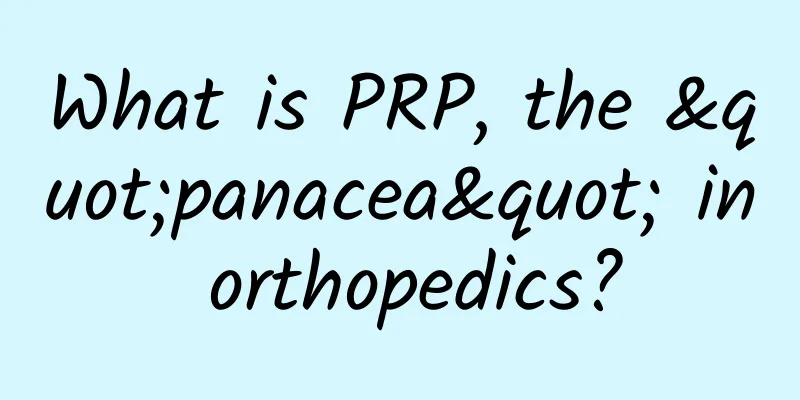Does hysteroscopy require anesthesia?

|
When a woman is suspected of having uterine fibroids or other uterine diseases, hysteroscopy should be used. Hysteroscopy is an examination method and also a treatment method. Compared with traditional surgery, this type of surgery has less trauma, shorter time and less bleeding. However, many patients are particularly concerned about whether anesthesia is needed during this surgery. Hysteroscopy is an advanced examination and treatment device that can make a definite diagnosis of diseases inside the uterine cavity and can also perform minimally invasive surgical treatment on the diseased site. The method of anesthesia needs to be decided according to the different conditions of the patients. In some cases, general anesthesia can be used, in some cases local anesthesia, and some patients may not even need to use anesthetics, but only need to use painkillers. General anesthesia is suitable for brief hysteroscopy and laparoscopy. You will not feel any pain during the operation and it is relatively safe, but it may be more expensive. Most intrauterine surgeries are minimally invasive surgeries with a relatively short operation time and less pain for the patient. If painkillers are used, there will be a little pain during the operation, but most patients can bear it. Before carrying out this operation, relevant inspections should actually be done. Generally, patients can recover within one month after surgery. There is a time limit for hysteroscopy and laparoscopy, preferably 3 to 7 days after the menstrual period is completely over, because there is less uterine wall mucus and bleeding in recent days, so it is easy to observe the condition of the uterine cavity and use hysteroscope to see more clearly. Hysteroscopy and laparoscopy are performed within this time frame, and the endometrium will not enter the abdomen from the fallopian tubes. In the case of hysteroscopic surgery, some patients need anesthesia, while some patients do not. This decision needs to be made based on the patient's specific condition and their surgical treatment method. It is best for patients to go to the hospital for examination 3 to 7 days after the menstrual period is completely over. If uterine fibroids are suspected or other inconvenient symptoms are suspected, hospitalization for observation is generally required. If only a simple diagnosis is required, then you can go home immediately after the examination. |
<<: Is hysteroscopic polyp a minor surgery?
>>: Maintenance after hysteroscopic adhesion separation
Recommend
Symptoms of vaginal candidiasis improving after medication
Gynecological diseases are very common for women,...
I Want to See You Wang Quansheng Why did he commit suicide? Where can I find the extra chapter of I Want to See You Wang Quansheng?
In the episode "Want to See You", Wang ...
Can AIDS be detected when donating blood? What diseases can be detected when donating blood?
Mobile blood donation vehicles are something we o...
Why do some people get diarrhea when they eat spicy food, get nervous, or catch a cold? The mystery that has lasted for many years has finally been solved
Expert of this article: Wang Xiaohuan, Doctor of ...
Phlegm-dampness type menstrual irregularity
It can be said that most women will experience ir...
What should I pay attention to when drinking celery juice? What should I pay attention to when drinking celery juice at night
The taste of raw celery juice is rather strange, ...
What to eat to clean up uterine waste
Female friends must pay special attention to thei...
How to use female condoms to protect women's safety
When it comes to condoms, most people's first...
How many years can you live with cervical squamous cell carcinoma?
When it comes to cervical cancer, everyone must h...
Grinding teeth while sleeping for a long time is more than just "crunching"! Don't ignore these reasons
Have you ever heard it late at night? "Crunc...
What happens if a woman has 2+ ketone bodies in her urine?
Urine is a kind of waste excreted from our body, ...
Where is the fetus at 100 days of pregnancy?
Week 13 is the beginning of the second trimester,...
Can I walk after the virginity is broken?
After a woman has her first sexual intercourse, s...
Is a female right ovarian cyst serious?
Ovarian cysts are very common in women's live...
What foot bath is better for uterine cold?
For female friends who have the problem of cold u...









